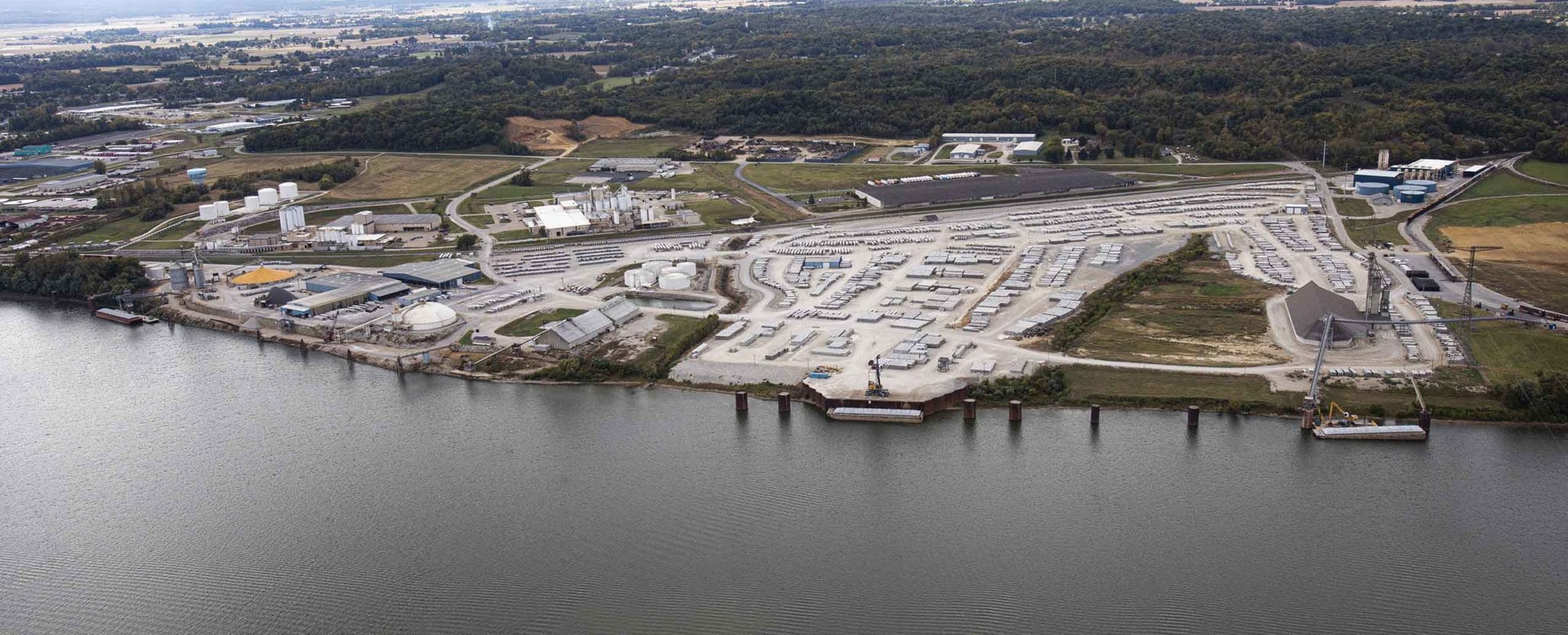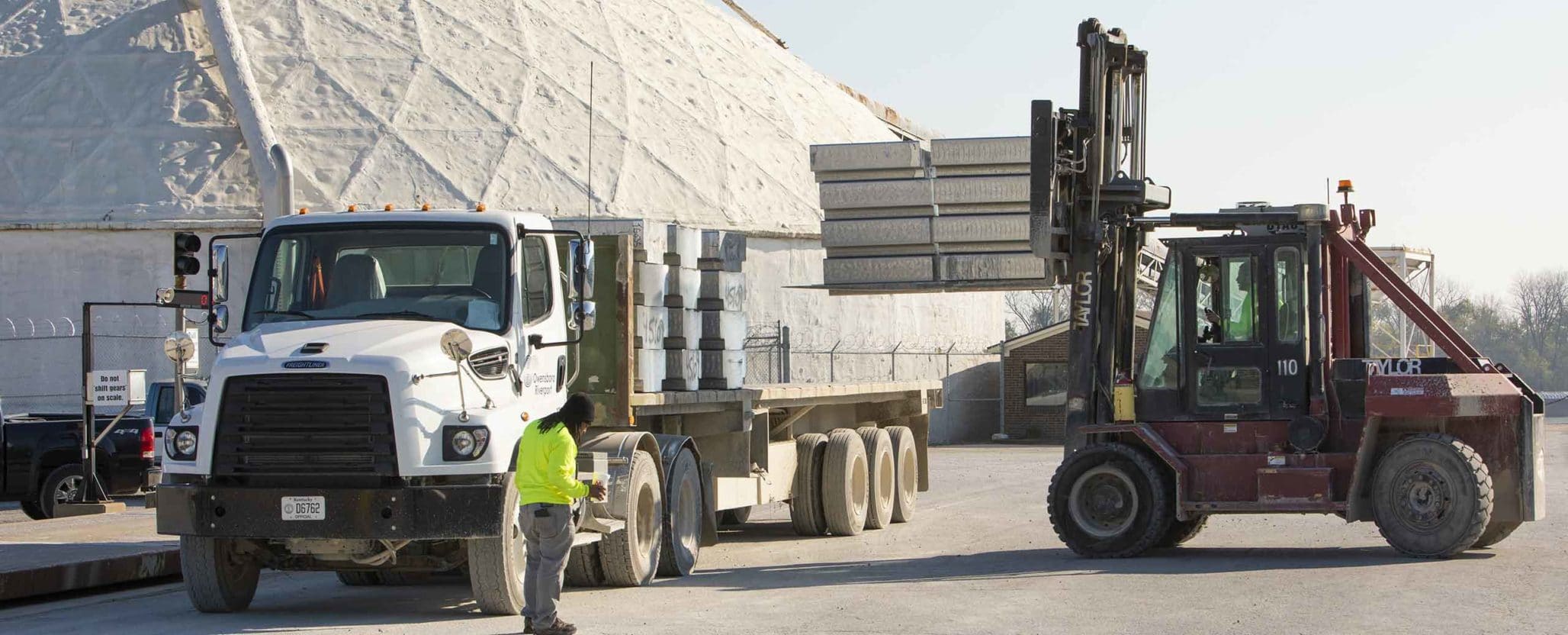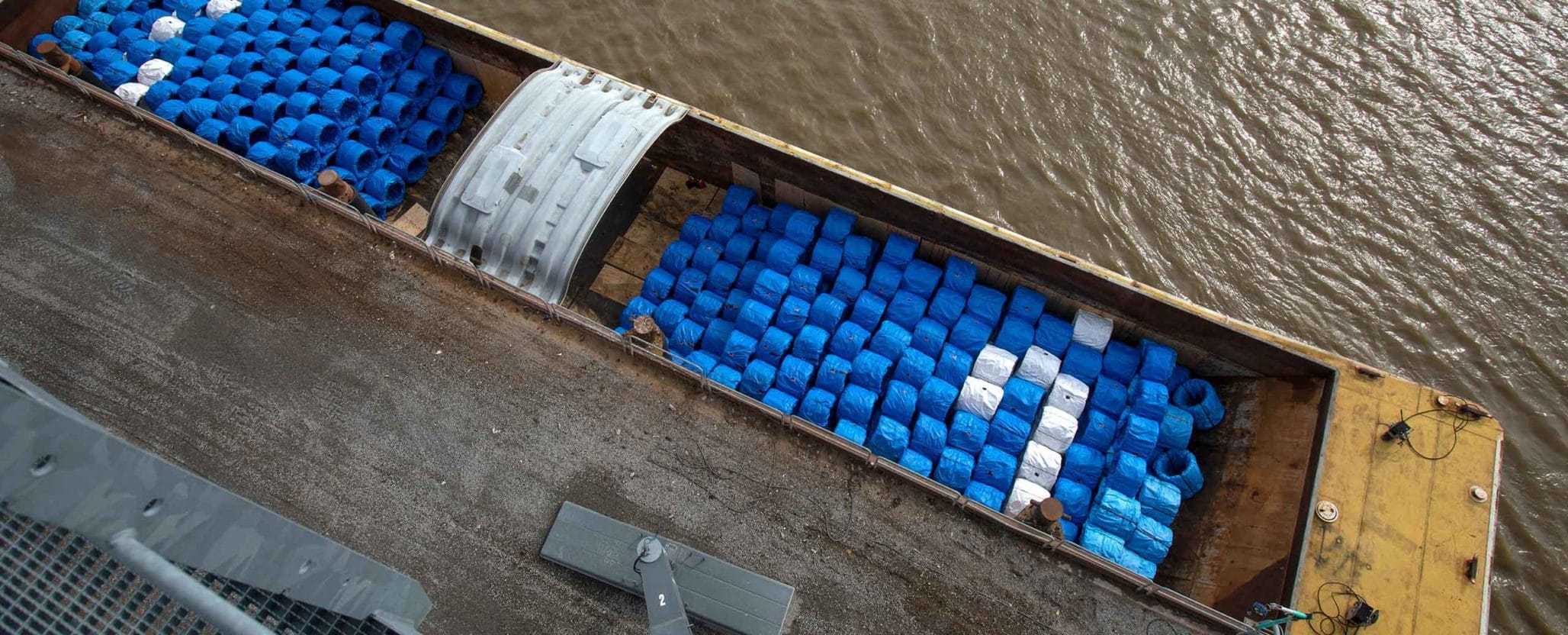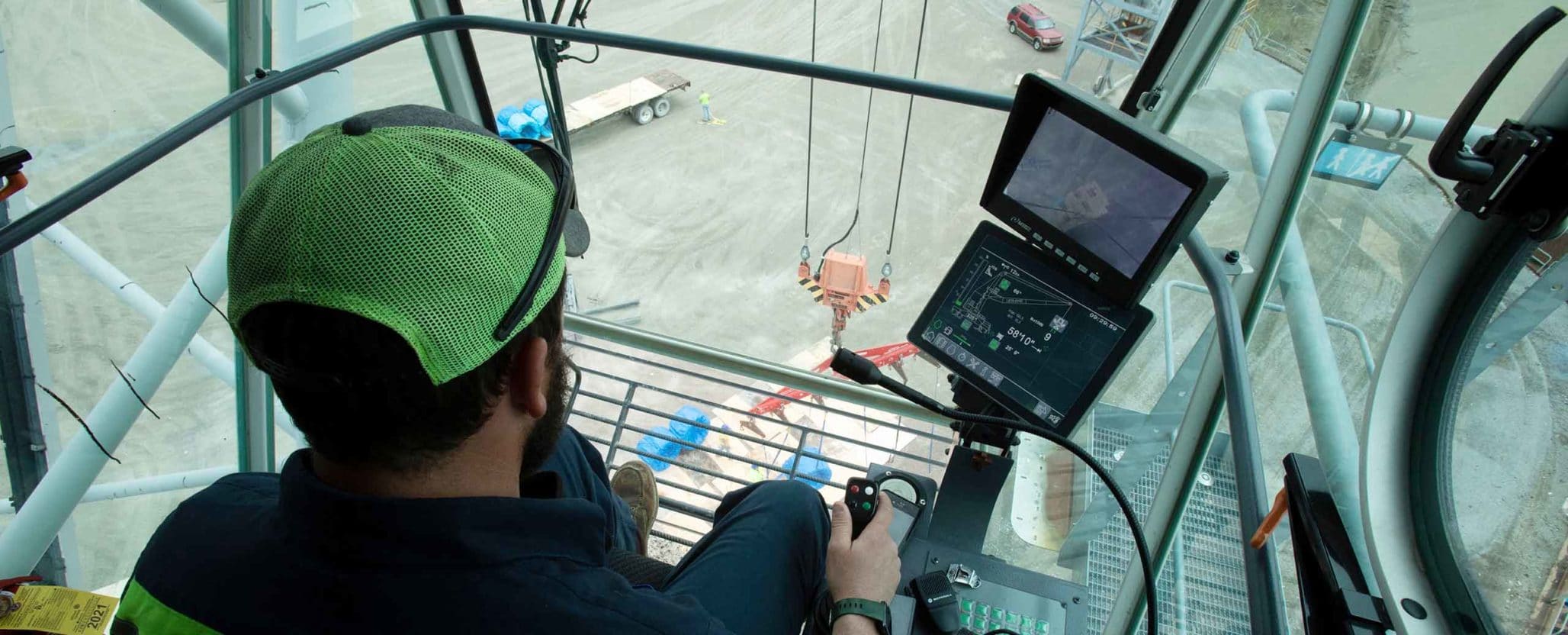Owensboro probably wouldn’t exist today if it weren’t for the Ohio River.
Legend has it that Bill Smeathers came to what was then called Yellow Banks in the late 1790s and opened a tavern about where the VFW post is today.
He is said to have traded with passing keelboats.
The railroads didn’t reach Owensboro until 1871, when the Owensboro & Russellville made its first run — to Livia, 14 miles from Owensboro.
And trucking began competing for the transportation dollar in the mid-20th century when improved roads made that a viable form of transportation.
Today, all three play a vital role in Owensboro’s economy.
Brian Wright, president of the Owensboro Riverport, says in Fiscal 2020-21, barges carried 920,000 tons of goods in and out on the riverport.
That’s the equivalent of 38,300 truckloads, he said.
And the railroad carried 170,000 tons, equivalent of 7,000 truckloads, Wright said.
CSX did not respond to questions about its role in the Owensboro economy.
But the Association of American Railroads says on its website that in a typical year, freight railroads haul around 1.7 billion tons of raw materials and finished goods.
It says that redesigned railcars have helped increase average tonnage.
In 2020, the average freight train carried 3,817 tons, up from 2,923 tons in 2000.
Statita.com says that 9.96 billion tons of freight was shipped by trucks in 2014.
The numbers increased every year until 2020, when the volume dropped to 10.23 billion tons from 11.84 billion in 2019.
Wright said he’s seen a lot of changes during the pandemic.
Truck driver shortage
There’s a national shortage of truck drivers with a commercial driver’s license that’s expected to reach a shortage of 100,000 drivers by next year.
And the Riverport is partnering with Owensboro Community & Technical College to provide training for drivers seeking the licenses.
That shortage, Wright said, has some companies turning away from trucks to railroads for shipment.
“There’s a strong interest in establishing inventories closer to their facilities,” he said. “That’s more relevant than it was three years ago.”
Wright said there is some concern that by 2045, America’s highways may not be able to handle all the shipments that companies need.
“In Fiscal 2021, we brought in more aluminum by rail,” he said. “Rail shipments were 63% of our aluminum business. Before that it was 50-50. And, in 2018-19, it was 91% by barge.”
The Ohio River Valley Water Sanitation Commission says on its website, “More than 184 million tons of cargo are transported on the Ohio River each year, with coal being the most commonly transported product.”
The river also led to the distilling industry in Kentucky.
Early farmers could produce 90 bushels of corn to the acre.
But there was no market for it.
Corn sold for 16 cents a bushel in the 1820s.
And whiskey was 30 cents a gallon.
One bushel of corn made 3 gallons of whiskey.
That meant a fivefold profit.
So, the corn was turned into whiskey and shipped down the river to New Orleans and other markets.
The Louisville, Henderson & St. Louis Railroad reached Owensboro on Dec. 3, 1888.
That’s the same east-west line that’s still in use today.
Where the train tracks run through Owensboro today is where the city limits were in the 1880s.
City officials wouldn’t let the tracks pass through town, so they’re just outside where the city limits were more than 130 years ago.
Despite changes in technology, all three forms of transportation are important to Owensboro today, Wright said.
By Keith Lawrence, Messenger-Inquirer, published March 9, 2022.




